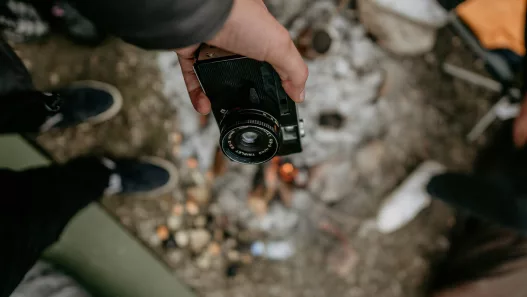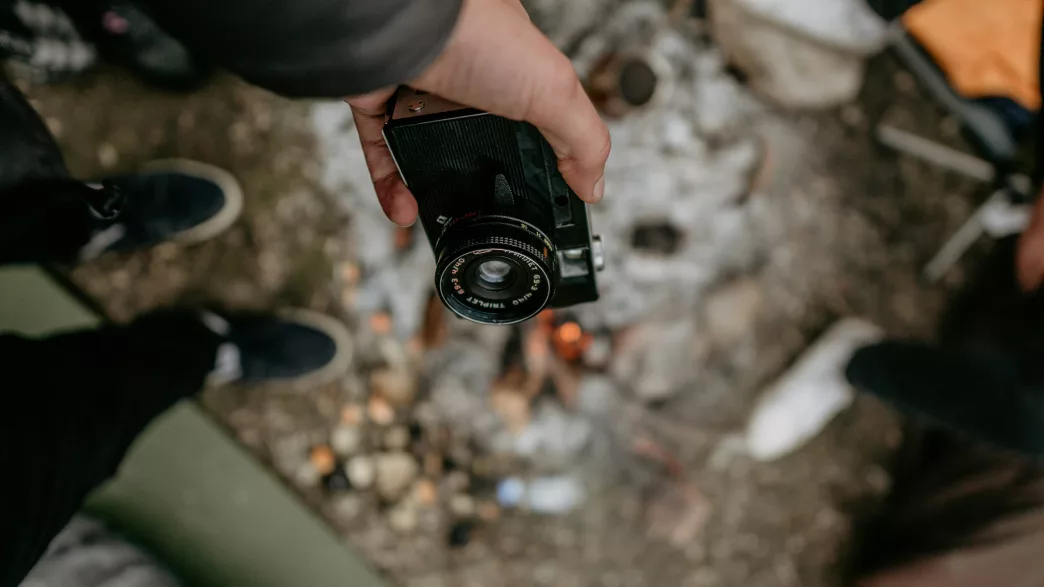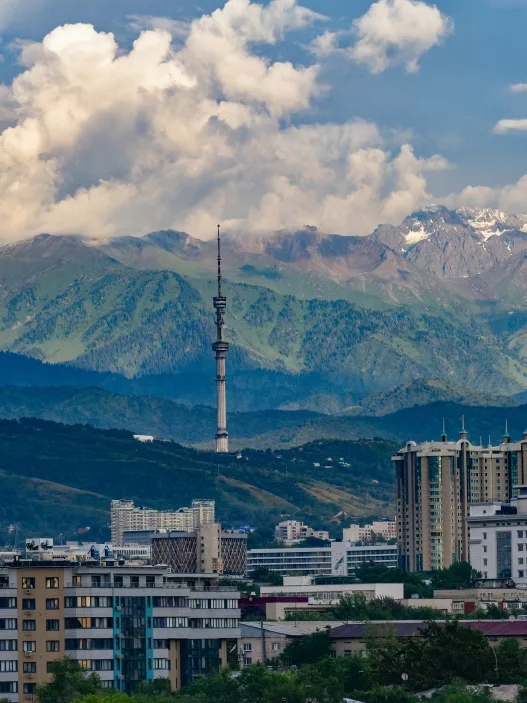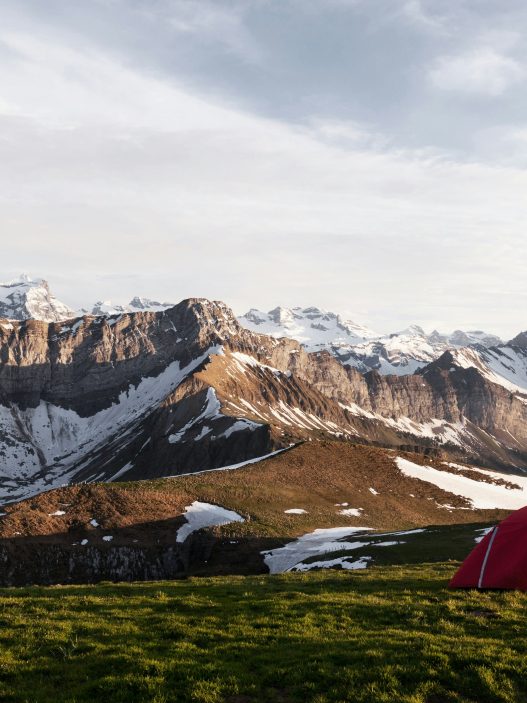Adventure photography offers an exciting opportunity to capture stunning landscapes and dynamic moments in the great outdoors. To seize these opportunities effectively, a few essential tips can elevate one’s photography skills significantly. Understanding the best techniques for composing shots in natural settings can make all the difference when trying to encapsulate the thrill of adventure.
Choosing the right equipment plays a crucial role in achieving memorable images. Whether it’s selecting the perfect lens for a wide landscape or ensuring the camera is weather-resistant, thoughtful preparation prevents missed opportunities during outdoor excursions. Additionally, mastering lighting and timing can transform an ordinary scene into a breathtaking photograph.
Beyond technical aspects, it is vital to connect with the environment. Immersing oneself in the landscape can inspire creativity and result in unique perspectives. By incorporating these strategies, anyone can enhance their adventure photography and capture the essence of outdoor experiences.
Essentials of Adventure Photography
Adventure photography requires an understanding of various elements that can significantly enhance a photograph. Key areas to focus on include the manipulation of light and composition as well as mastering camera settings for different environments.
Understanding Light and Composition
Light is a fundamental aspect of photography that can dramatically affect the mood and clarity of an image. Photographers should seek to work with natural light, particularly during the golden hours—shortly after sunrise and before sunset.
In terms of composition, applying techniques such as the rule of thirds can lead to more balanced and engaging photographs. Photographers might consider framing their shots to include foreground elements or leading lines that guide the viewer’s eye. These techniques can create a sense of depth and context in outdoor scenes.
Mastering Camera Settings for Dynamic Environments
In outdoor settings, conditions can change rapidly, affecting camera settings. A photographer must be adept at adjusting their aperture, shutter speed, and ISO to suit the environment.
For action shots, a fast shutter speed (1/1000s or faster) can freeze motion, capturing dynamic scenes sharply. Conversely, a slower shutter speed may be used to create motion blur, adding a sense of movement to the image. Maintaining a higher ISO in low-light conditions is also essential, but care must be taken to avoid graininess.
Understanding your camera’s capabilities will enable the photographer to make quick adjustments, ensuring they can capture moments as they unfold.
Field Techniques for Adventure Photography
Effective field techniques enhance the ability to capture stunning outdoor imagery. Key strategies include mastering movement and action, as well as effectively utilising natural landscapes to frame subjects.
Capturing Movement and Action
To photograph movement effectively, it’s essential to choose the right shutter speed. A fast shutter speed (e.g., 1/1000s) freezes action, ideal for dynamic subjects like athletes or wildlife. Conversely, a slower shutter speed (e.g., 1/30s) can convey motion through blur, useful for waterfalls or bustling crowds.
Anticipation is critical. Photographers should observe the subject’s behaviour to predict movement patterns. Panning with the subject while shooting at a slower shutter speed maintains some focus on the subject while blurring the background, creating a dynamic effect. Using burst mode can also capture multiple frames in quick succession, increasing the chance of obtaining the perfect shot.
Utilising Natural Landscapes
Natural landscapes provide diverse backdrops that enhance outdoor photography. Composing the shot with elements like mountains, rivers, and trees adds depth and context to the subject. The rule of thirds is valuable here; positioning the horizon along the upper or lower third of the frame often produces a more engaging image.
Light plays a crucial role. Early morning or late afternoon light casts a warm glow and enhances textures, making subjects more appealing. Incorporating leading lines such as paths or rivers can attract the viewer’s eye towards the subject, creating a more compelling composition. Engage with the environment actively, moving around the subject to find the most effective angle and perspective.









